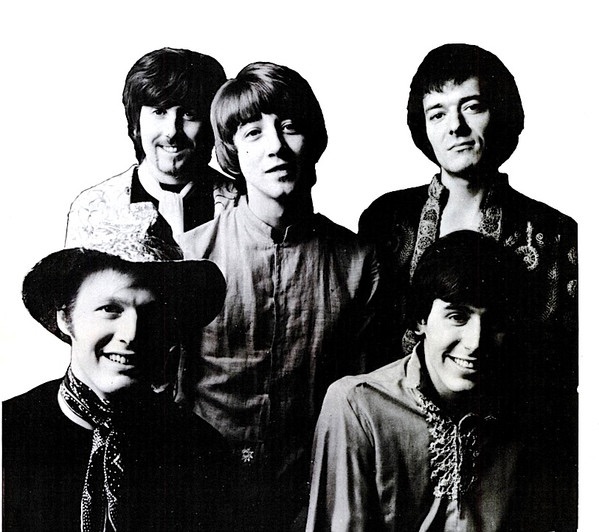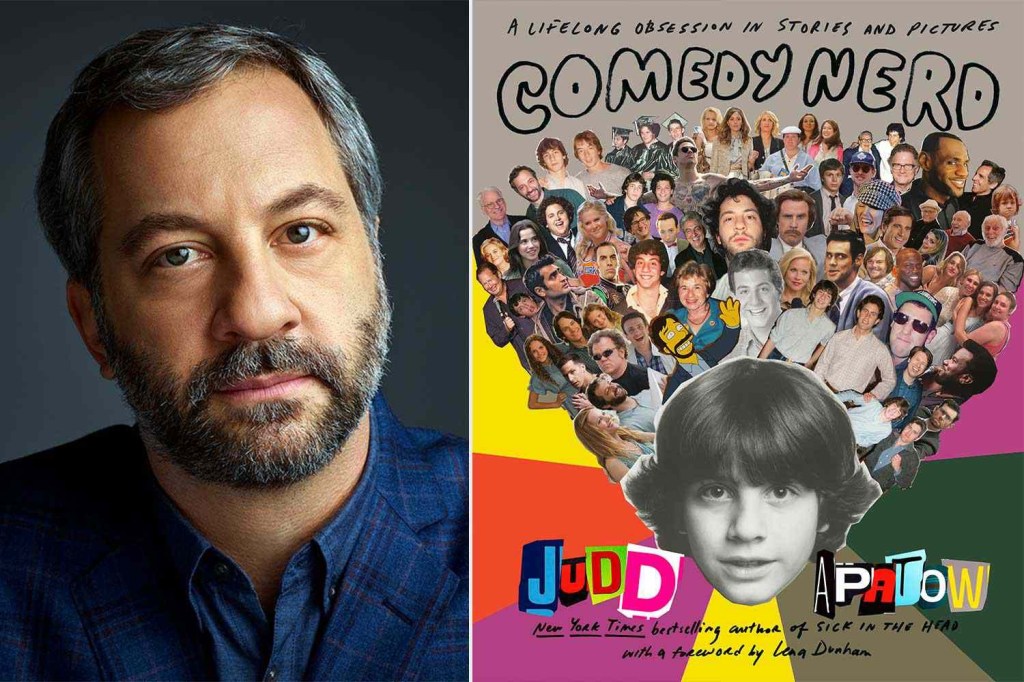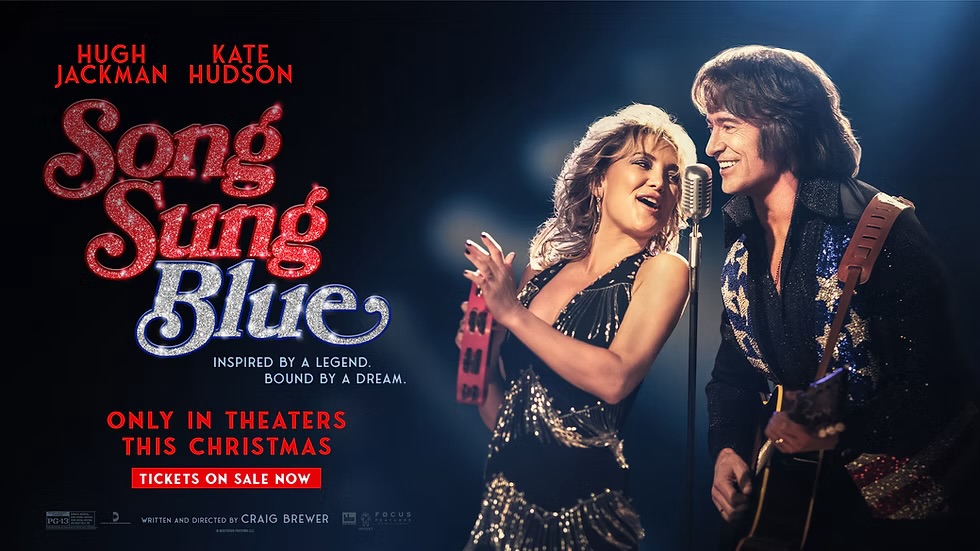Allan Clarke and Graham Nash were childhood friends from Manchester, England. They picked up guitars and began singing in the late 1950s, influenced by The Everly Brothers and Buddy Holly.
The Hollies are part of the British Invasion of the 1960s, and there’s a good documentary, The Hollies: Look Through Any Window (2011), that covers mostly the 1960s and early 1970s, which was the most successful period of the band.
The Hollies are remembered mostly for the period with Graham Nash before he left in 1968, and the early 1970s when they scored their final charting hits.

There were a few early lineup changes, but the “classic” Hollies lineup of Allan Clarke (vocals, guitar), Graham Nash (vocals, guitar), Bernie Calvert (bass), Tony Hicks (lead guitar, vocals) and Bobby Elliott (drums) had the most success.
Most Hollies songs were written by Clarke, Nash or Hicks, but they would record songs by others, always looking for the best songs. Like other groups of the era, The Hollies evolved from clean-cut lads were matching suits to wearing colorful, groovy clothes with longish hair, and wanting to step outside the boy-girl love songs.
The documentary charts their success with in-studio film clips, concert and television appearances and promotional films. Each of the band members and their longtime producer, Ron Richards, are interviewed. The performances are sterling and the interviews, candid and revealing.
“Bus Stop”, “On a Carousel”, “Just One Look”, “Stop Stop Stop”, “Here I Go Again”, “Carrie Anne”, “Look Through Any Window”, “I Can’t Let Go”, “King Midas In Reverse”, “Pay You Back with Interest” are all from that period with Nash.
Nash admitted that he pushed the band into a new direction by 1967, more experimental and less of the jangly, three-part harmony, Beatlesque pop, mid-1960s sound. Clarke says that push began to splinter the group, and Nash admitted wanting to write songs that mean something, and wanted more control of his songs. The tight cohesiveness of the early years frayed, like the trippy jackets and frocks of Carnaby Street.
“We weren’t on the same page,” Nash said. His “King Midas in Reverse” was a commercial disappointment and everyone told Nash they had to get back to “The Hollies” sound. Nash hated (“Jennifer Eccles”) writing just in search of a commercial hit.
Nash left to join up with David Crosby and Stephen Stills. The Hollies hired Terry Sylvester to take over for Nash, but the band was now very different.
The Hollies found the song, “He’s Not Heavy, He’s My Brother”, becoming a top ten hit for them in 1969. Elton John, a session player at that point, played the piano on the song.
Nash became part of Crosby, Stills & Nash, releasing their first album and played Woodstock in 1969.
Meanwhile, Clarke co-wrote “Long Cool Woman in a Black Dress” which was released as a Hollies song in 1972, but Clarke had left the group as the song became a worldwide hit. Clarke recorded songs The Hollies weren’t interested in (same as Nash experienced), and had a brief solo career before rejoining the band.
The film ends with Clarke and The Hollies singing “The Air That I Breathe”, a worldwide hit.
One might not realize that The Hollies did much of their recording at Abbey Road Studios, and happened to work with engineer Alan Parsons (Beatles, Pink Floyd, Al Steward, Pilot) on early 1970s albums. “The Hollies worked very quickly,” Parsons said in an interview with Soundonsound.com. “We normally felt disappointed if we didn’t start and finish a track the same day.”
The Hollies have continued performing through the years, and even Nash rejoined in 1981 to record a Hollies album and tour. Clarke retired from The Hollies in 1999 to care for his ill wife. In 2019, he released his first solo album since 1990, and another solo album in 2023 with the involvement of Nash.
The film doesn’t cover the period after 1973, but that’s okay, except for a brief mention of their induction into the Rock and Roll Hall of Fame.
The Hollies might have had a much lower profile after 1975, but their legacy is assured. If you like their songs, I might suggest a greatest hits collection or a playlist. The Hollies weren’t an album band, I can’t think of any of their individual albums. That’s true of many artists, particularly back in that period.
Look Through Any Window is currently available on Prime for streaming.





Leave a comment